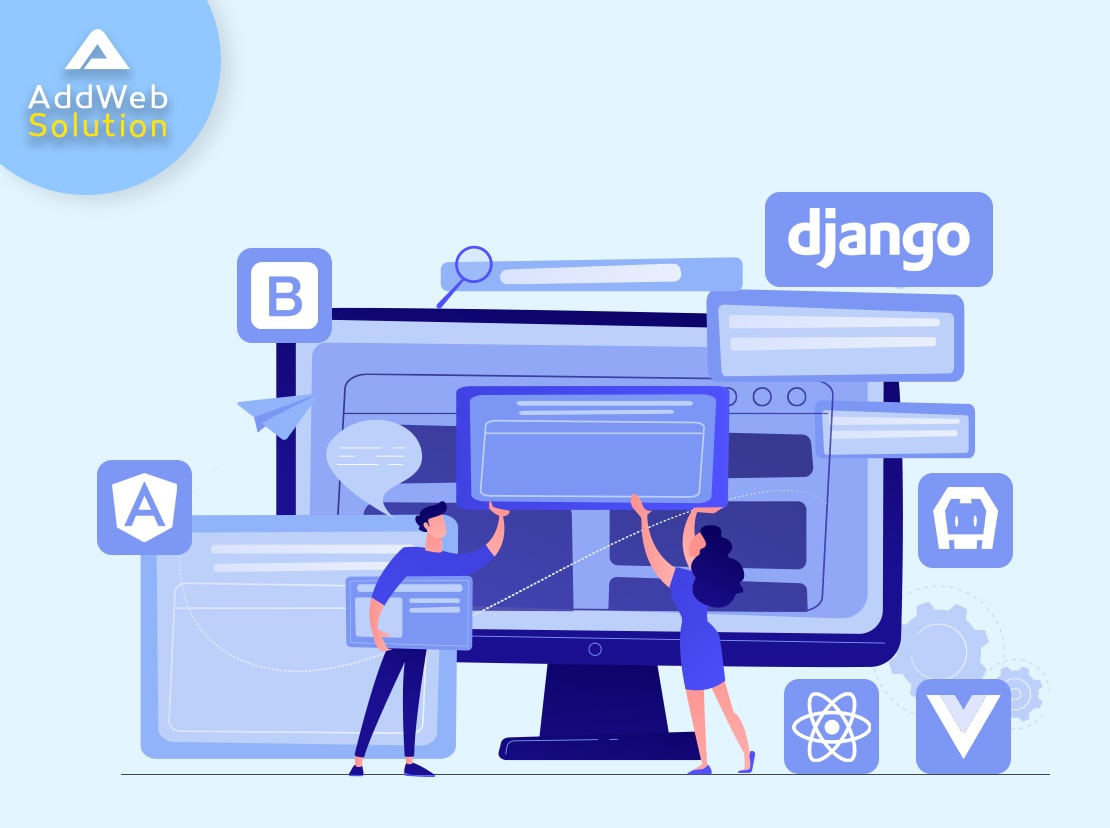Let’s accept the fact!
“Frameworks are a lot more than just creating a development environment.”
For a non-technical or businessperson, the framework may be just a bunch of libraries and tools that assist developers in developing applications. But trust me, it is a lot more than that. Frameworks not only provide a set of standards that allow developers to follow when developing any application but also help them master specific tools and methodologies associated with the framework to develop meaningful applications.
Given the insane variety of open-source frameworks available in the market where some frameworks are designed for presentation, some are intended for web MVC, and some are used for data processing. In such a scenario, it becomes a little tricky for the developers to have a clear list of shortlisted frameworks that they can go for without any confusion.
With this intention, we have compiled a list of 9 of the most used and accepted open-source frameworks for you. Let’s jump in to know what those frameworks are you can blindly use for your web development.
Bootstrap – A Presentation Framework

Let’s start with the presentation framework first! Bootstrap is the clear winner when it comes to the presentation of any website or application. It is one of the most starred and forked frameworks of all time on GitHub. In August, the framework turned 4 years old and released some noticeable changes such as got more programmatic, centralized HTML resets in one module, transformed from Less to Sass, and a lot more. Due to its capabilities to boost development and performance speed, it is highly preferable by the majority of the designers today.
Spring Boot – An Enterprise JAVA Framework
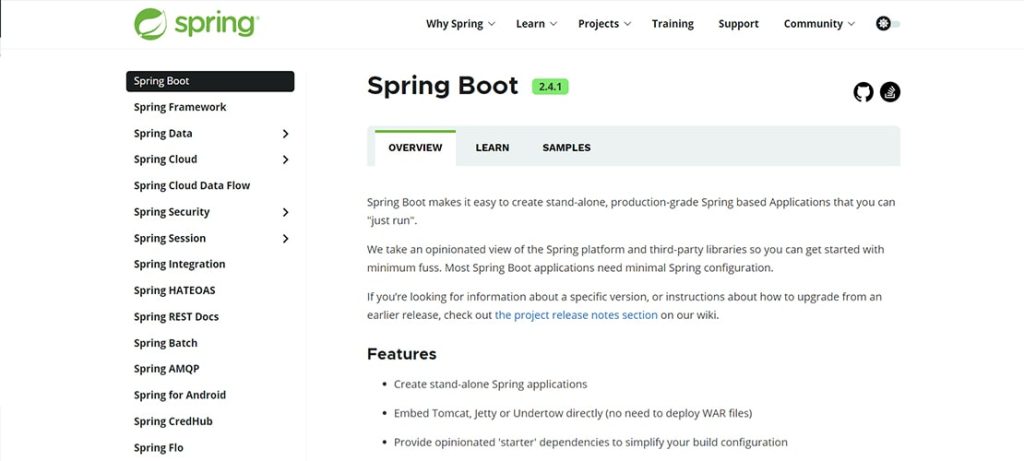
What makes JAVA so great is that it is fast, it is mature, brings a comprehensive class library, largest and active community, so a huge ecosystem and a lot more. It is one of the easiest options available for Java developers to build Java-based applications. To help developers reduce a large amount of Java code, Spring Boot lets developers build common boilerplate code. The only drawback of the framework is that it doesn’t allow much control to the developers. Moreover, it brings a lot of dependencies and increases deployment size.
AngularJS – A Web MVC Framework
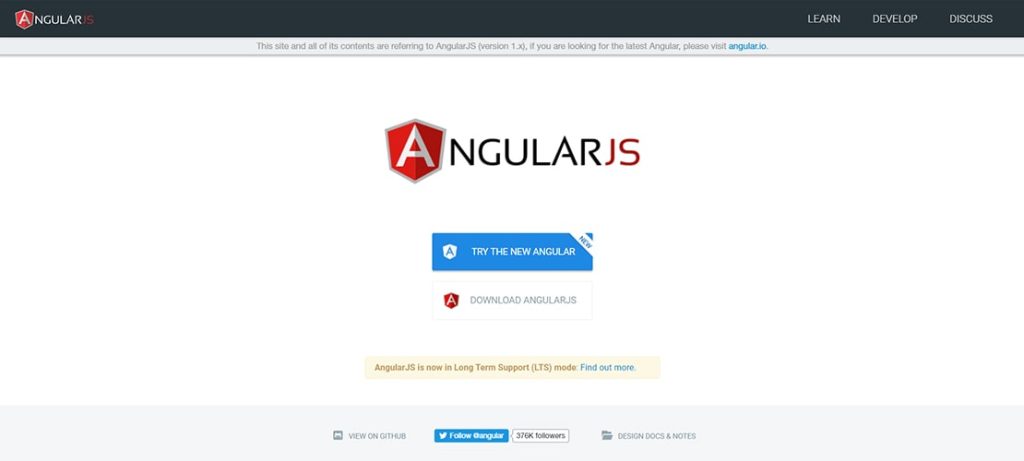
Ever since its inception, this web platform continues to get mature and loved by a huge community of developers. One of its USPs is directives. It is a little ng- that can give life to a dead tag. It provides great flexibility to the developers to develop modern and progressive web applications while using the core concept of MVC. It helps developers to add automated user input validation without any large chunk of code. However, the framework is a little tedious to master for beginners.
Also Read: Web Development and Technology Stack Trends Every Business Should Keep an Eye in 2020 and Ahead!
Angular – A Front-End JavaScript Framework
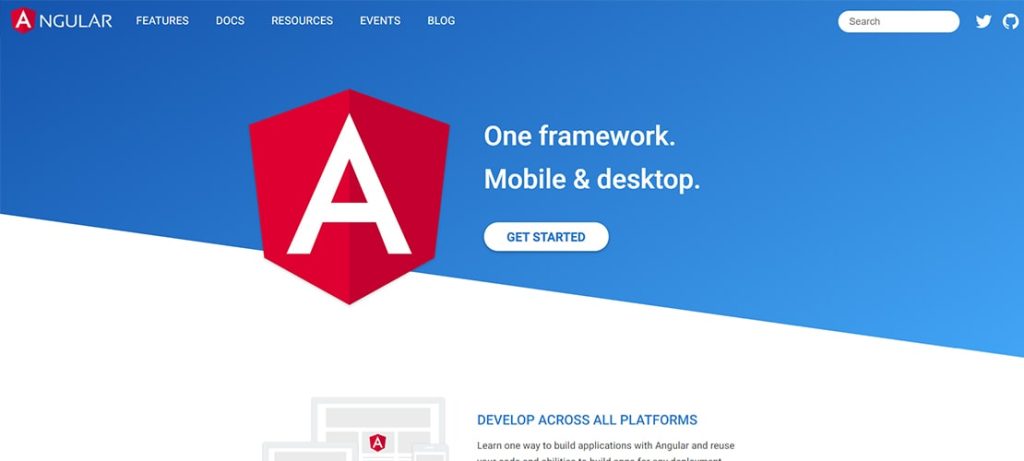
No, we are not discussing AngularJS again! Angular is different from AngularJS. Though both frameworks enable rich single-page applications, there are some key differences between these frameworks. Angular is a successor of Angular JS, though not a total replacement of Angular JS, which uses a template-based approach to help developers manage application design. In case, you are planning to go for a simple JavaScript-based web application, you can go for it.
Django – A Python-based Framework

For a traditional Python developer who is willing to create a web application, Django is a good-to-go option. Since it follows some of the PHP principles, it becomes easy for the developers to create even complex database-driven web applications using Django. Many popular brands have trusted Django, such as YouTube, Pinterest, Instagram, etc. It is popular for its Convention over Configuration philosophy and DRY concepts.
Vue – A JavaScript-Based Framework

VueJS has quickly become one of the most popular Java frameworks among developers. Though it is technically not a framework as it is a combination of a few back-end tools. But it is exceptionally well when it comes to developing a web application. Many popular and big companies like Nintendo, GitLab, and Adobe are using Vue for developing web interfaces for their target audience. It is extensively preferred by the developers to sharpen their front-end skills because of its progressive nature.
ReactJS – Facebook powered Framework

ReactJS is one of the most renowned frameworks powered by Facebook, which was launched to help designers to create rich and flexible user interfaces. It allows developers to design an application that doesn’t require reloading the entire page to fetch specific information, which is its USPs. With its Virtual DOM, JSX syntax, and a lot more other built-in features, it is an ideal framework for the developers willing to make web development easier.
React Native– A leading Mobile App Development Framework

It is a well-known framework used by developers to build native mobile apps. One of the major features that make React Native different from other frameworks is that it allows developers to write code in JavaScript and make mobile apps like web apps. It enables developers to provide amazing performance to the users and make them feel like using a native app.
Also Read: How to Pick the Best React Native App Development Company?
Apache Cordova – A Hybrid Framework
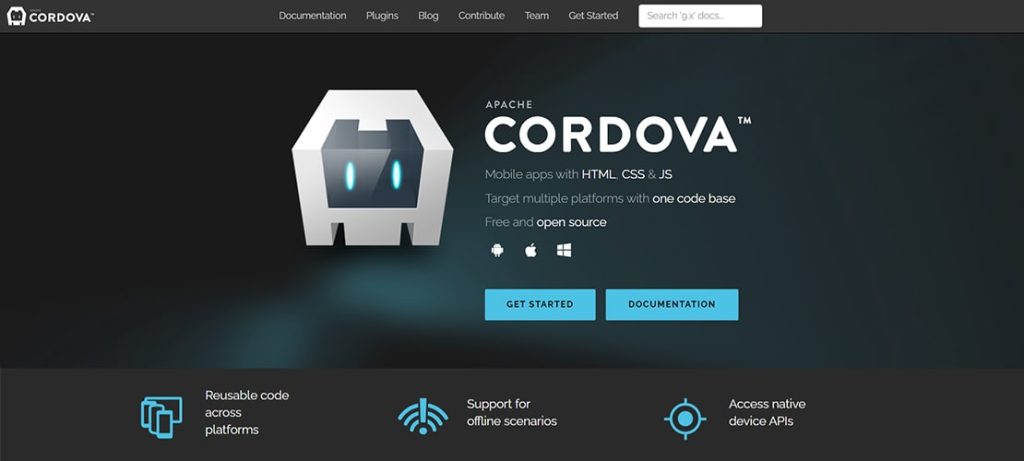
Apache Cordova is known for its capability to allow developers to define multiple deployment platforms while using a single codebase. This helps developers or organizations to deploy a single app on multiple platforms, devices, and operating systems without any manual intervention. Moreover, it allows developers to have web-based and native app functionalities integrated into a single app, which makes it a hybrid framework for developing mobile apps.
Frequently Asked Questions
Open-source frameworks are software frameworks with source code accessible to the public, allowing developers to view, modify, and distribute it freely. Developers should consider using open-source frameworks for their next development project to benefit from collaborative contributions, community support, and cost-effectiveness.
Open-source frameworks offer advantages such as cost savings, community-driven innovation, rapid development, flexibility, and the ability to customize code. Developers can leverage a vast pool of resources, tools, and best practices shared by the community, enhancing the overall development process.
Open-source frameworks provide pre-built modules, libraries, and tools developers can integrate into their projects. This eliminates the need to build everything from scratch, significantly speeding up the development process and allowing developers to focus on project-specific features.
Yes, open-source frameworks can be customized to meet specific project requirements. Developers have the freedom to modify the source code, add new features, or tailor existing ones to align with the unique needs of their projects, providing a high degree of flexibility.
Developers should consider project requirements, community support, documentation, ease of integration, scalability, and the licensing model when choosing an open-source framework. Evaluating these aspects ensures compatibility with the project goals and long-term sustainability.
Open-source frameworks are versatile and can benefit various industries and project types. They are commonly used in web development, mobile app development, data science, machine learning, and cloud computing. The versatility of open-source frameworks makes them suitable for various applications.
Open-source frameworks foster collaboration by allowing developers worldwide to contribute to the codebase. Collaboration occurs through code contributions, issue reporting, and community forums. This collective effort results in continuous improvement, bug fixes, and the framework’s evolution over time.
Yes, projects built on open-source frameworks can be easily maintained and scaled. The active community support, regular updates, and the flexibility of open-source code make it easier to adapt to changing requirements, add new features, and ensure the long-term sustainability of projects.
